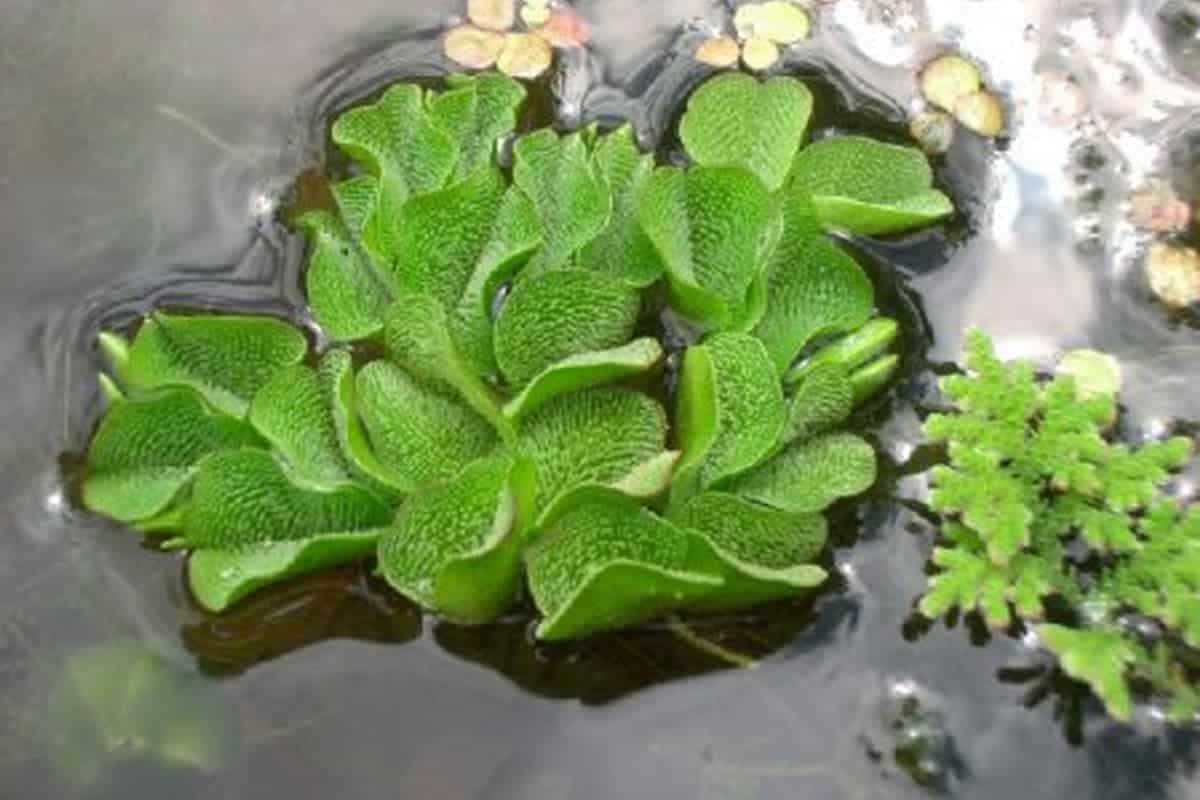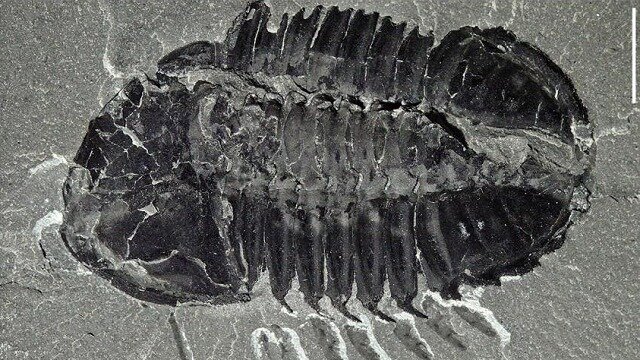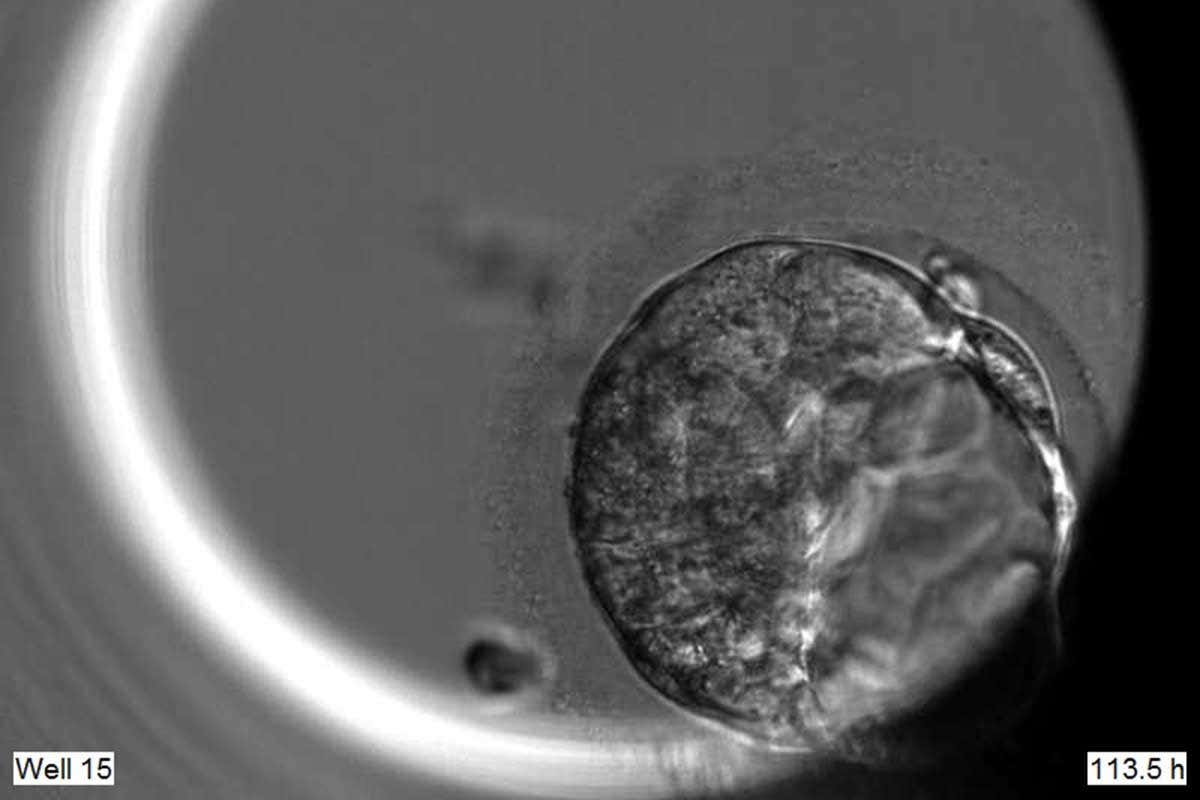A flock of water birds scavenges for insects on the dense, leafy weed that covers much of Lake Ossa, one of Cameroon’s largest lakes. The water weed is so closely packed that it looks like broad, flat green pasture, and the sure-footed birds pick their way freely across it as if they were walking on land.
Five years ago, Lake Ossa was teeming with freshwater turtles, crocodiles and more than 18 families of fish. It was also a bastion of the African manatee, a vulnerable species on the International Union for Conservation of Nature’s Red List. But today, the lake is eerily quiet and almost empty.
The thick layer of vegetation is Salvinia molesta, a species known locally as Kariba weed or simply Salvinia. It is the cause of this absence of life in the lake. The invasion has been declared a “conservation emergency” by the IUCN.
Salvinia, a free-floating, green-brown freshwater fern, has already invaded more than 40% of the lake’s 4,000-hectare (15.4-sq-mile) surface, according to the African Marine Mammal Conservation Organisation (AMMCO), a Cameroonian non-governmental environmental organisation.
Decimating the lake’s wildlife and compromising the local population’s primary income source, the Salvinia takeover has been rapid and seemingly unstoppable. Lake Ossa is the only one in a long line of freshwater bodies to be engulfed by Salvinia. As this invasive weed has spread worldwide, from Brazil and Argentina to Australia, the efforts to control it have struggled to keep pace with the plant’s prolific growth.
But there is hope for Lake Ossa, and it comes in the shape of a minor, innocuous-looking but mighty water-dwelling beetle. Not far from the lake’s shore, an army of weevils is now mass-reared as a defence against Salvinia.




